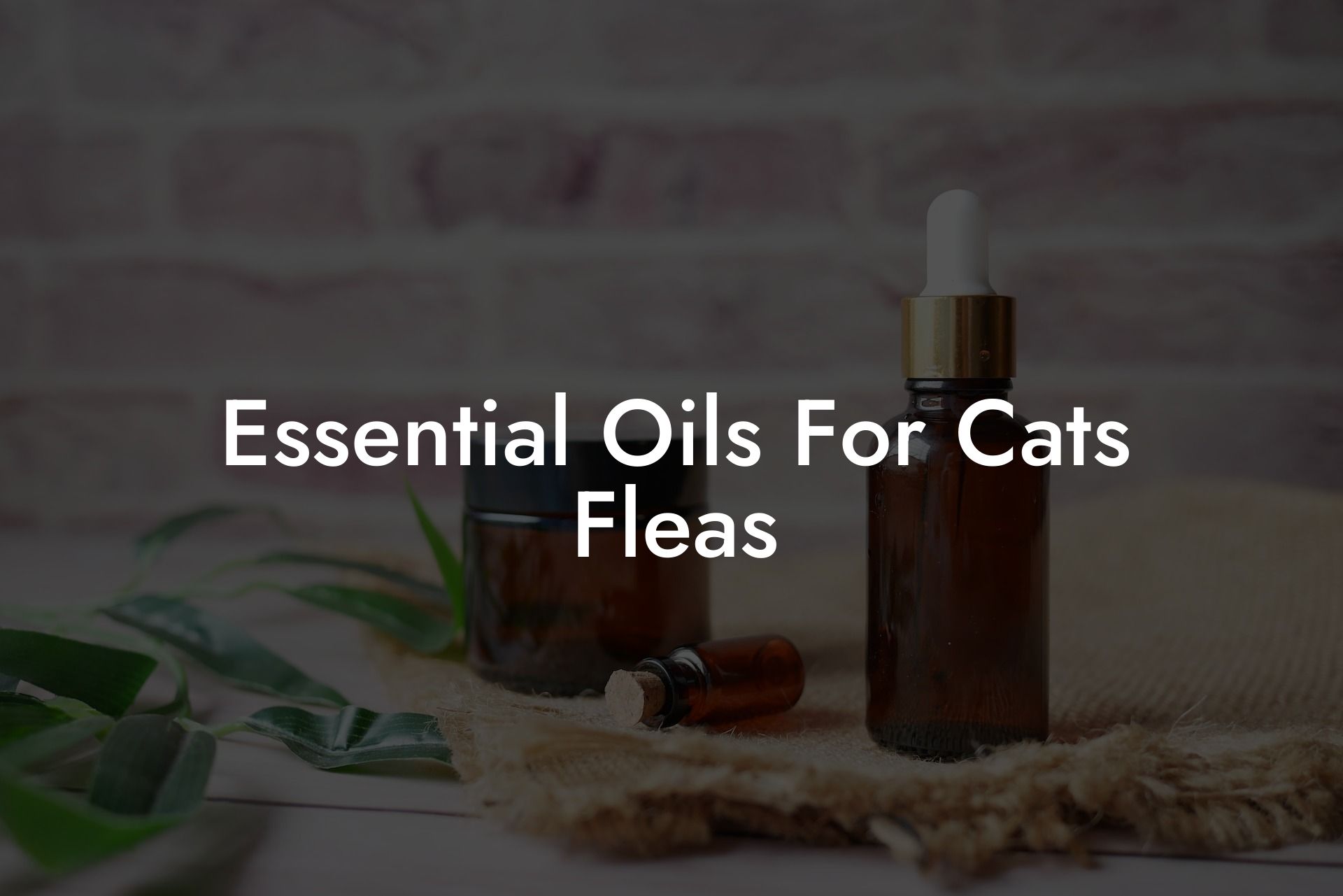Is your feline friend suffering from a flea infestation? Are you searching for a natural and safe way to help treat the problem without relying on harsh chemicals? Look no further! In this article, we will explore the power of essential oils to combat fleas on cats, providing a holistic approach to protect and soothe your beloved pet.
Table of Contents
Why Essential Oils are a Great Choice for Flea Treatment
More and more pet owners are turning to natural alternatives for flea treatment, as they are less toxic and eco-friendly, often bearing fewer side effects than their chemical counterparts. Essential oils, derived from plants, harness natural compounds that help to repel and eliminate fleas.
Top Essential Oils for Cat Flea Treatment and Prevention
While not all essential oils are safe for use on cats, some are highly effective in repelling and treating fleas. Below are our top recommendations:
1. Cedarwood Oil
Cedarwood oil is known for its powerful insecticidal properties, making it ideal for ridding your cat of those pesky fleas. The aroma is pleasant and woodsy, and it is considered safe for use on cats when diluted properly.
2. Lavender Oil
Lavender oil is soothing to both humans and animals alike, making it a great option for promoting relaxation and stress relief. Lavender also possesses anti-flea properties, helping to deter and prevent flea infestations.
3. Lemongrass Oil
Though it is not safe to be applied undiluted to a cat’s skin, lemongrass oil can still be an effective flea repellent. Spritzing a small amount in areas where your cat spends time, or diffusing the oil around your home, can help to keep those fleas at bay.
How to Safely Apply Essential Oils to Your Cat
It’s essential to note that cats are more sensitive to essential oils than humans and should be treated with care when using oils on them. Below are some general guidelines for safe essential oil application:
- Dilute the oil: Always dilute essential oils using a carrier oil, such as coconut oil or almond oil, before applying to your cat. A dilution ratio of 1-2 drops of essential oil to 1 tablespoon of carrier oil is recommended.
- Test for sensitivities: Apply a small amount of diluted oil to a patch of your cat’s skin to observe for any adverse reactions. If there is no sign of irritation or discomfort after a few hours, it is safe to continue using the oil.
- Avoid direct application: Never apply undiluted oil directly to your cat’s skin, as it can cause irritation, or they may ingest it when grooming.
- Keep it light: Use small amounts of oil in your cat’s environment, as cats have a heightened sense of smell and can be overwhelmed by the scent.
Essential Oils For Cats Fleas Example:
Looking to use cedarwood oil to treat your cat’s flea problem? Here’s a simple step-by-step guide:
- Dilute the oil by thoroughly mixing 1-2 drops of cedarwood oil with 1 tablespoon of carrier oil (such as coconut oil).
- Test for sensitivities by applying a small amount of the diluted oil to your cat’s skin.
- Once deemed safe, gently massage the oil blend into your cat’s fur, being cautious of sensitive areas, such as eyes, ears, and nose.
- For added prevention, use a diffuser to disperse the cedarwood aroma throughout your home, creating a flea-repellent environment.
Armed with this knowledge, you’re now ready to embark on the natural route of tackling flea infestations and preventative care for your feline friend. Essential oils can offer game-changing results while keeping your pet and home harmonious, healthy, and flea-free. Share this enlightening article with fellow cat owners so they can also harness these natural solutions. Don’t forget to explore the Oshu Oils blog for more comprehensive guides on essential oils and aromacology, as well as our range of expertly crafted essential earth oils, tailored to support overall wellbeing for you and your pets.





















